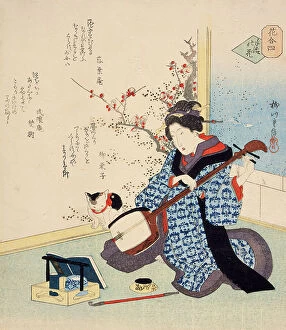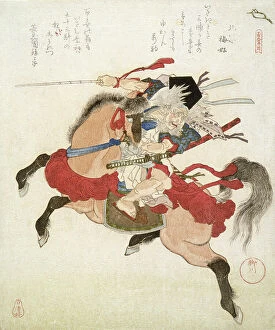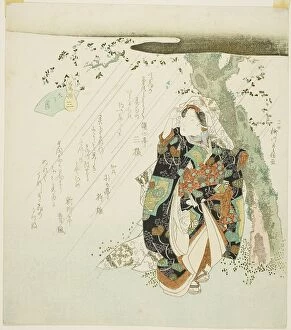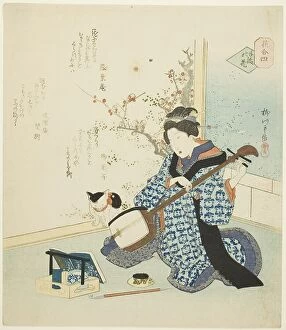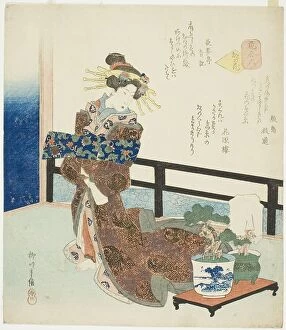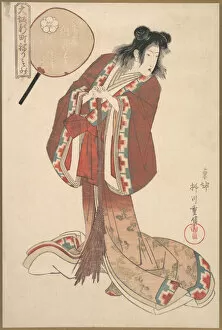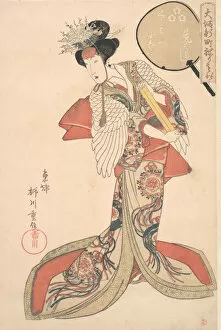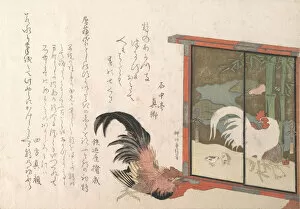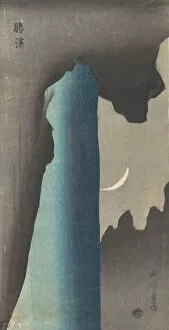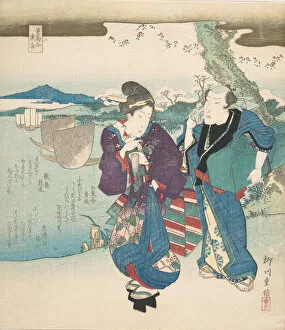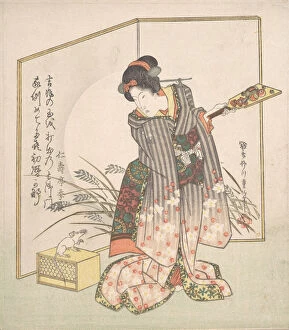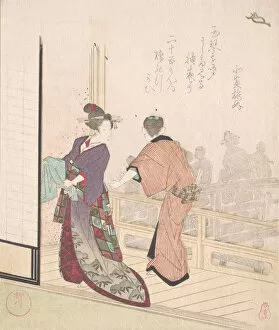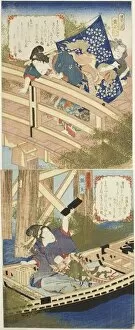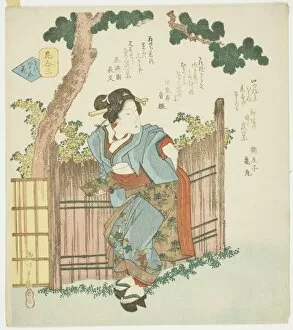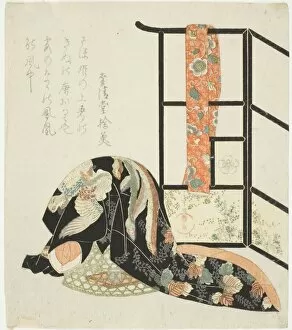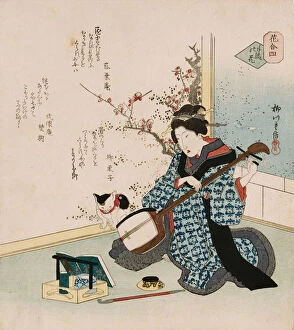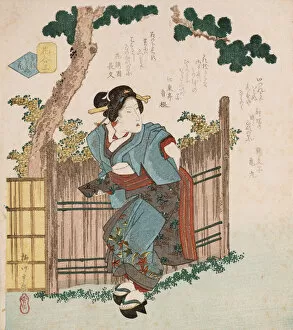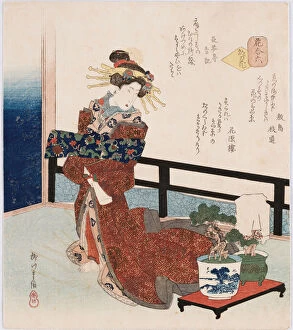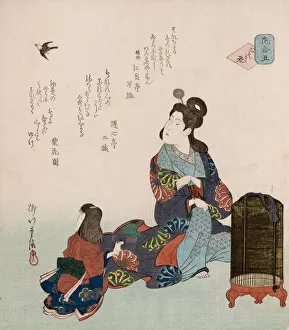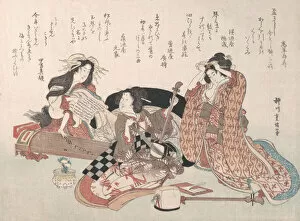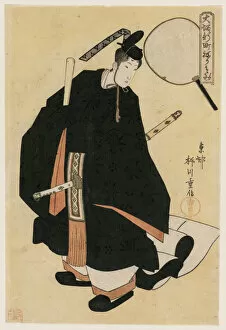Yanagawa Shigenobu Collection
Yanagawa Shigenobu was a renowned Japanese artist during the 19th century, known for his exquisite woodblock prints and paintings
For sale as Licensed Images
Choose your image, Select your licence and Download the media
Yanagawa Shigenobu was a renowned Japanese artist during the 19th century, known for his exquisite woodblock prints and paintings. His works showcased various themes, from traditional scenes to nature's beauty. One of his notable pieces is "Hinazuru of Naka Ogi-ya as an Onna Jittoku, " created around 1825. This artwork depicts a graceful woman dressed in elegant attire, showcasing Shigenobu's attention to detail and mastery of portraying emotions. Another masterpiece by Shigenobu is "Konami of Kurahashi-ya, " also from 1825. This print captures the essence of a geisha with intricate patterns on her kimono and delicate facial expressions, highlighting the artist's skill in capturing feminine beauty. In "Celebrated Waterfall" (1820-1830), Shigenobu showcases his talent for landscapes. The painting portrays a majestic waterfall surrounded by lush greenery, evoking a sense of tranquility and awe-inspiring natural beauty. Shigenobu's creativity extended beyond traditional subjects as seen in "Cock Eyeing a Free-standing Screen Painted with Cock, Hen, and Chicks. " This playful piece displays his ability to infuse humor into art while maintaining impeccable craftsmanship. The artist also explored seasonal themes like in "New Year Greeting Card for 'Rat' Year" (1828). Here he combines calligraphy with imagery representing the zodiac animal Rat, showcasing his versatility across different mediums. Shigenobu's talent shines through in both intimate scenes such as "Scene on the Veranda of a Teahouse" (18th-19th century) and grand compositions like "Kaori-mono-awase Gyoshu" (1830). These artworks display his ability to capture everyday moments or create elaborate settings that transport viewers into another world.

